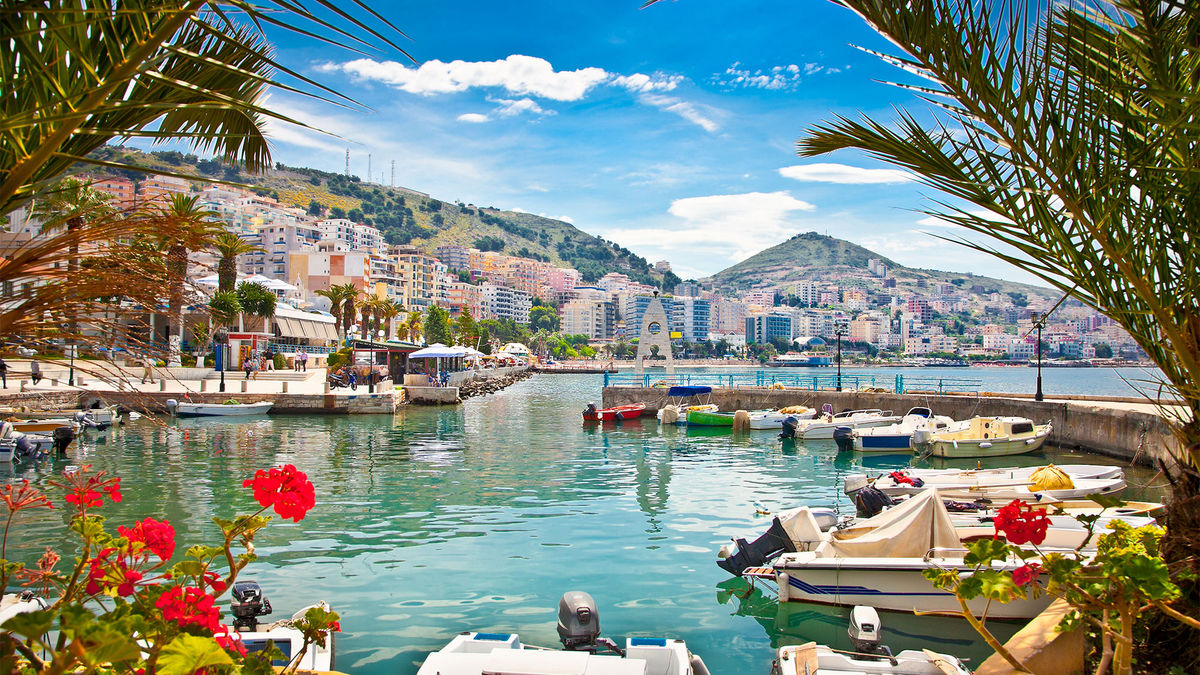Europe-bound travelers from the U.S. are doing things differently this summer, putting value at the center of how they strategize their European vacations, industry experts say.
A 2024 trends report from the Mastercard Economics Institute says that travelers across the board, regardless of income, are seeking more value from the trips they plan to take abroad this summer by changing where they choose to visit, when they’ll go and how long they plan to stay.
Value-driven travel is happening globally, the report found, with travelers finding alternative destinations that are more affordable to visit in Asia, Latin America and the Caribbean over the past year. It has fueled an uptick in demand for countries like Japan and Argentina, where currencies are weaker against the dollar, and the Dominican Republic, a destination where lower hotel rates and overall prices make it an attractive, affordable option for seekers of sun and sand.
But the desire for value is especially strong in Europe, where prices remain higher than usual because of heightened demand and inflation, which is keeping costs high for suppliers. With no signs of price softening in sight, Mastercard economists say that travelers are starting to make different choices that yield greater value.
“People are more conscious than they were in the past about how they’re spending,” said Michelle Meyer, chief economist at Mastercard, adding that the average household has higher financial burdens than they may have had at the beginning of travel’s restart from the pandemic two years ago.
Even ultrahigh net worth travelers, who are typically less price sensitive than other groups, are being more strategic about their choices in search of better value, according to luxury custom tour operator Scott Dunn.
“They are considerably more price-sensitive and cost-conscious than they were during the ‘revenge travel’ period post-Covid, when it appeared as if money was no object,” said Nick Cunningham, Europe destination manager at Scott Dunn, adding that while ultrahigh net worth travelers are “still willing to pay incredibly high prices, they are questioning value more than ever.”
Travelers are choosing to visit destinations that are more affordable in Europe during the peak summer travel season, with countries such as Albania, Croatia and Turkey among those with the highest growth in flight traffic since 2019.
Flight routes to Albania have doubled, the report found, pushing tourist arrivals from 12 million in 2019 to 17 million in 2023. Tirana, Albania’s capital city, ranks third, after Munich and Tokyo, among top trending cities travelers are booking flights to this summer between June and August.
Both Mastercard and travel advisors have found that the high demand from the U.S. is partly responsible for rates being as high as they are. From 2019 to 2023, the U.S. share of arrivals in the U.K. rose from 13% to 16%; in Portugal, from 6% to 9%; and in Spain, from 4% in to 5%.
Luxury travel and Europe specialist Diana Hechler, owner of D. Tours Travel in Larchmont, N.Y., said that while she was at the ILTM luxury conference in Cannes, France, last year, she realized that the American market was “driving these higher prices in Europe, particularly Italy, France and England.”
“Europeans are not interested in paying those kinds of prices,” she added. “And until the American market softens, we’re probably not going to see those prices come down very much.”
Hechler has also been seeing clients travel out of peak summer months, something the Mastercard report found as well.
“The biggest difference in the post-pandemic period has been that what used to be the peak period in July and August has now kind of shifted,” she said. “Peak periods are April and May, September and even late October now.”
Mediterranean countries, including Croatia, Greece, Portugal and Italy, are among the destinations that have seen the biggest shift away from peak summer travel, according to Mastercard. Even northern European countries like Denmark, Sweden, Finland and the Netherlands, typically cooler destinations compared to those in southern Europe, are seeing visitors shift to off-peak months.
The report says this trend is indicative of two major demographic shifts: travel by retirees and households without children, which are both more flexible and free from school calendars.
As demand from the U.S. market moves rather than softens, Mastercard found, Europe demand is not likely to stall.











